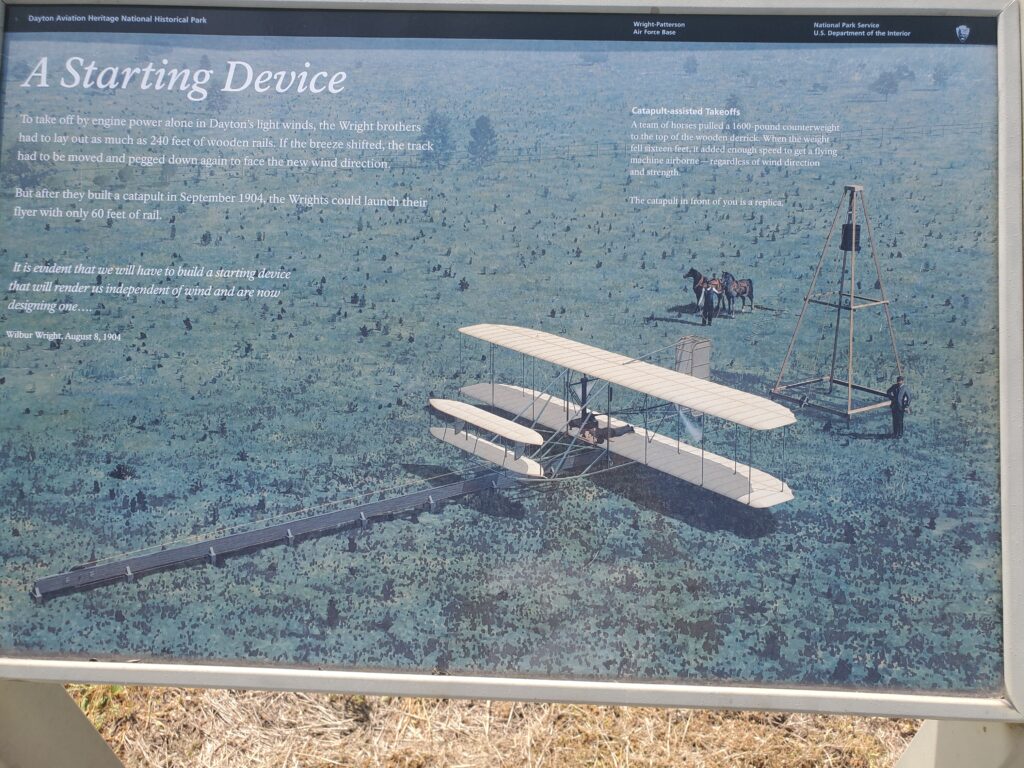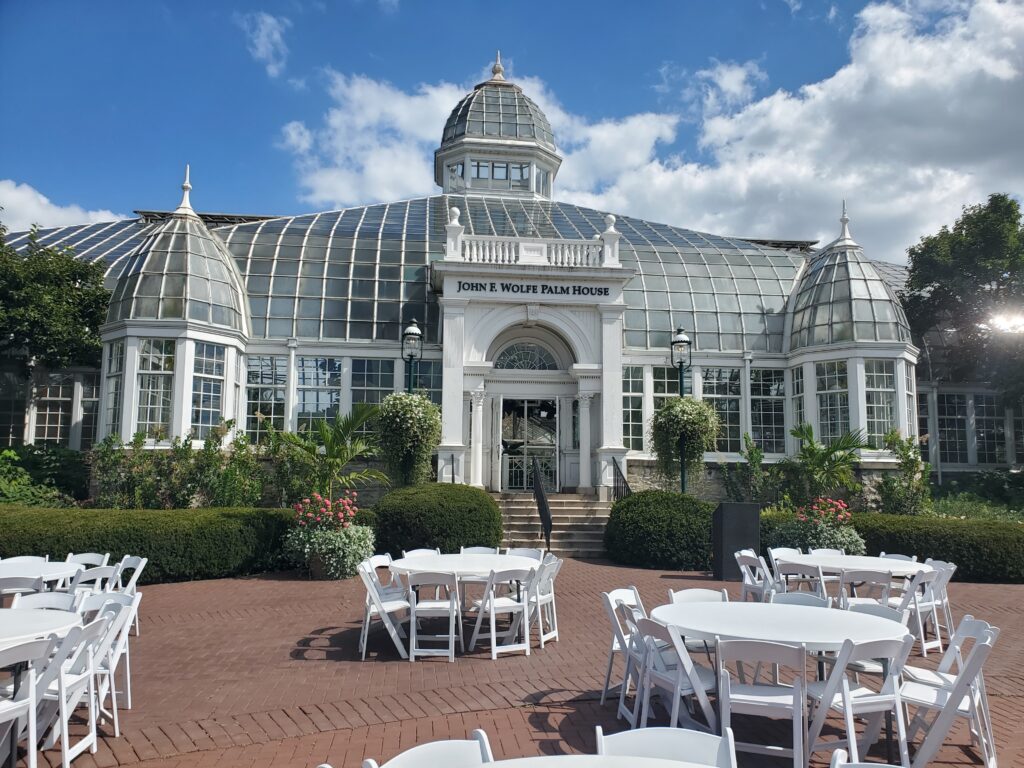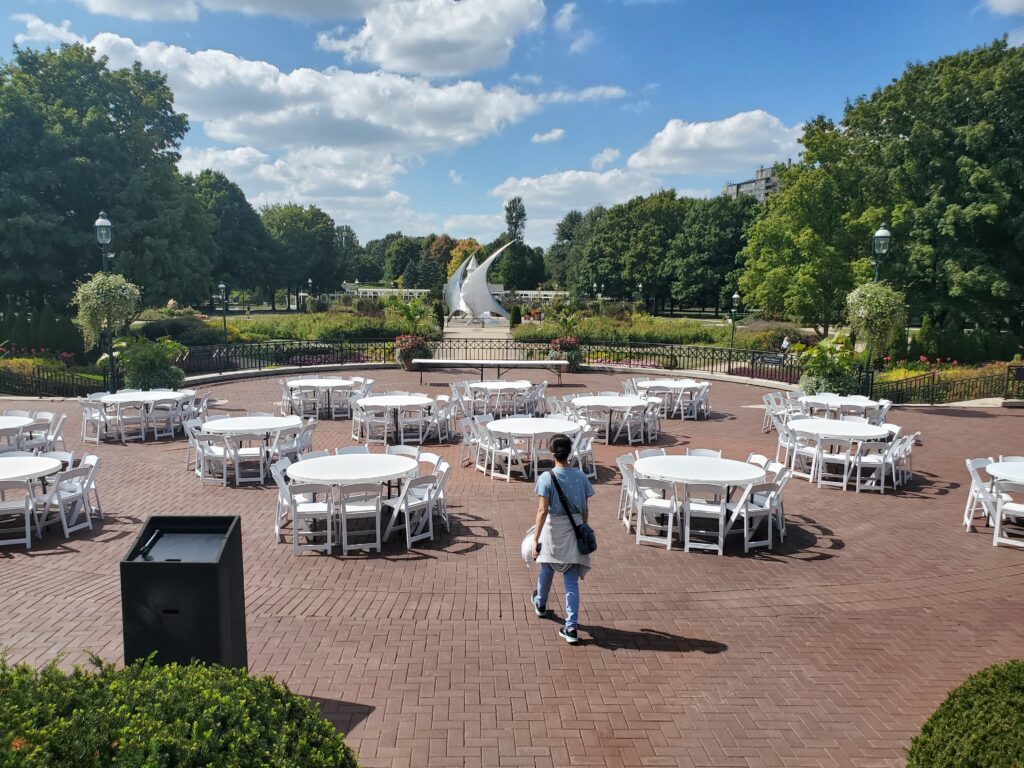DAHNP has made a proposal for four Ohio State University Industrial Design students to design a new way for people to be inspired by the Wright Brothers story and Legacy. The current method of approach of DAHNP is a little plastic toy, typically known as a “puddle-jumper,” that they pass out to visitors at the park and to the people they meet during their outreach events. The initial prompt was to redesign the puddle-jumper and do it in a more sustainable way.
The original issue presented was that the park rangers were giving out hundreds if not thousands of these puddle jumpers and they end up getting thrown away. They are made of cheap plastic that breaks easily and never decomposes. This caused me to pose the question of “what is this really about?” What is the real purpose of the puddle jumpers? Is it about teaching people about the principles of flight? Is it about teaching people about the history of the Wright Brothers? Is it about giving out a fun souvenir to people to remember their visit? It turns out that none of those.
“The purpose of the puddle-jumpers is for people to be inspired like how the Wright Brothers were when they were given their puddle-jumper by their father,” Ryan Qualls, Park Ranger for Dayton Aviation Heritage National Park. This statement really opened up the doors of opportunity for what this project could evolve into. Similarly, the door opened for even more questions. Getting Ryan to open up about the greater purpose encouraged him to open up about more goals and opportunities that he saw. Another stand out objective that he presented was the notion that Dayton Aviation Heritage National Park needs more recognition. Many people don’t know it exists, more people don’t know what it is about, and most don’t know that it is a National Park. People usually associate National Parks with some sort of significant nature element to it. Since it is a Heritage National Park it is not as widely recognized.

DAHNP provides plenty of insight into the historical context and contributions of the Wright Brothers and supporting parties. It covers from their early life all the way to their deaths. The museum and park is scattered with various models and displays of their work, including the Wright Flyers and Wright bicycles. Much of it is disorganized and there is not a clear path or even clear line of sight on the subject matter. The question arises, is there a new way to present old information that is worth investing in? Does technology play a role? Does the DAHNP need more support to pay homage to the Wright Brothers or are there other areas that are lacking?
I needed answers. The primary research began with DAHNP itself. Getting to experience a guided tour by a park ranger provided many useful insights into their process. Being a design researcher I was given a modified version of the tour where I was given additional access that the majority of the public may not ever get to see. The park is not just one centralized location, but rather a multitude of locations scattered around the Dayton area, all within a short drive of each other. The most put together and immersive experiences were not in the Park’s jurisdiction itself, but fell under the authority of third parties including the Air Force base in Dayton.
To follow up this research, my group and I took a trip to the Franklin Park Conservatory, another example of exhibit design. The Conservatory immerses you into a full botanical experience. Areas of the park are sectioned off by biome where plants found in similar climates are carefully orchestrated with rocks, pathways, and an abundance of water features. They have something there for people of all ages. It made me start to wonder, how can plants be so engaging to so many people? The plants don’t move like animals do at the zoo or tell a story like a museum and yet it was a magical place. What the plants lacked in interactivity they made up for with designed exhibits where people could make music with their friends, explore and climb, and simply take a seat in a rocking chair in the great outdoors. A glass blowing demonstration near the entrance is on full display for the majority of the day, too. A gift shop accompanies this where people can buy plants or the glassware from the demonstrations. They teach classes on various related topics and they have installed a gallery area for seasonal displays of local artists’ work. After this visit, it was made clear to me that the Conservatory was more than just a place for plants and its reach extended beyond just a park. It is a place of culture, education, and community enrichment. I walked in expecting a large greenhouse and was greeted by so much more. The environment was immersive and a work of art.


The difference between the Franklin Park Conservatory and DAHNP is that the Conservatory offers a place for people to cherish. There is no set path to take and guests are invited to explore on their own. They provide plenty of places to rest. Not just places to rest, but inviting spaces that give visitors a feeling of restoration and peace. DAHNP on the other hand puts guests in a position where they move from exhibit to exhibit, observing what they can, learning what they care to, and then moving on again. Few benches are provided and little thought seems to be given to making it more than just a “one and done” exhibit.

A trip to the OSU campus museums were next on the docket. Orton Geological Museum took a similar approach to the DAHNP. It is a significantly smaller space, but the space was used efficiently. The exhibits mostly consisted of rocks or bones and a poster that looked like it was meant for the middle school science fair. It is clearly a low funded, rarely renovated space. It looks old and feels old. There was a lot of quality information on the topic of geology and since it is a state university it has access to some unique pieces. One exhibit did not disappoint, and that was the glow rock exhibit. They set up a booth with blackout curtains where visitors could enter, close the curtains, and view a case full of labeled rocks that had minerals in them that caused them to glow in the dark. It was the most interesting part of the whole museum. After some reflection, I believe this case of intrigue can be partially attributed to visitor engagement. It was the only part of the museum that encouraged you to engage physically with any of the exhibits outside of just ready. This exhibit provided a good example of how something as simple and mundane as a blackout curtain and a few rocks can provide a unique, interesting, and informative museum experience.
After investigating the parks and museums I decided to take my efforts straight to the source by interviewing an exhibit designer at Roto, Gabriela Avila. She was kind enough to give me a tour and break down what they did at Roto. They are responsible for many exciting exhibits including some at COSI. She provided many interesting insights into exhibit design. One thing I found noteworthy that she said was that they wanted to provide an experience that was a “marriage between the physical and the digital and something that people just can’t get at home.” She mentioned that they were interested in “building genuine human connections by helping people interact with one another. It is not just about playing with the screen. Storytelling is important, not just to learn but to feel. To communicate in a way people understand.” She warned against the pitfall of too heavily relying on technology. “Technology needs to be adding something meaningful.” She warned that screens have the power to take away from an exhibit’s experience.

What I have learned from this research is that it is important for parks and museums to have heart. Heart is ultimately what brings people together and makes a lasting impact on them. Statues, digitally immersive experiences, and throwaway toys lack that heart. As Ryan Qualls, the park ranger said, “It isn’t really about the history or teaching people about the principles of aviation, but about inspiring people.” What the Wright brothers did was make the impossible possible and they were inspired by something as simple as a little wooden helicopter toy. This is how the problem has presented itself. How can a design stay true to the legacy of inspiration and innovation that the Wright brothers left behind and captivate future generations to come? How does this design manifest itself? The Wright brothers have shown that it can be done with a wooden toy, Franklin Park has shown it can be done with a wholistic and immersive experience, Orton has shown it can be done with a simple blackout curtain and glowing rocks, and Gabriela Avila has said it should be done to build genuine human connection. How can we bring people together in a way that gives back?




